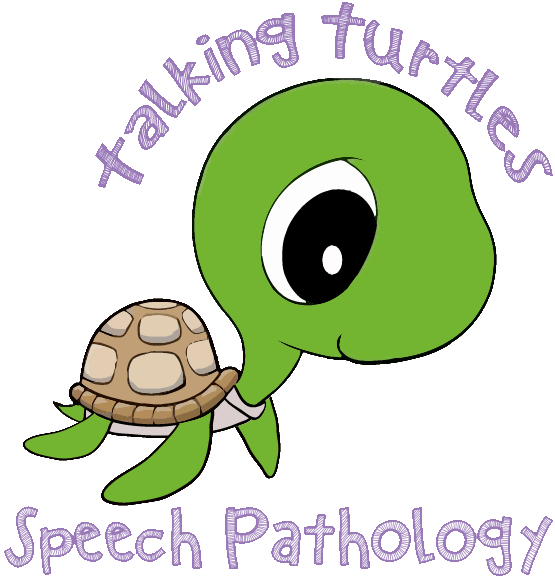



In addition to accessing Speech Pathology services, or while a child is on the waiting list for intervention, the following strategies may further support communication development.
Articulation
-
Incidental Modelling: If the child makes a mistake, do not correct them, simply repeat what they said using the correct sound so that they can hear the sound being produced correctly.
-
For example if the child says: “I saw a tat”, say “Yes, you saw a cat”.
-
-
Discussing the production of the sound:
-
Place of articulation: Talk about what the tongue or lips are doing when we are making a certain sound. For example, ‘th’ sound, our tongue is between our teeth.
-
Manner of articulation: Talk about how the sound is made. For example, is it a short or a long sound?
-
Voice: talk about whether the sound is a quiet sound or a noisy sound. For example, /s/ versus /z/
-
Grammar
-
Expansion: This means adding extra information and building on the child’s sentences.
-
For example, if the child says “The dog is running”, say “Yes! The big, brown dog is running”. This is an easy way to introduce new words and concepts.
-
-
Modelling: If the child makes a mistake, do not correct them, simply repeat what they said using the correct language.
-
For example if the child says: “She goed for a walk,” say “Yes, she went for a walk” and continue the conversation.
-
-
Sentence Completion is where you start a sentence and the child finishes it with one or more words.
-
For example: You start by saying “You wear a hat on your head, and socks on your ...” then prompt the child to say “feet”
-
-
Forced alternative questions are questions which give the child a choice of alternatives with which to reply.
-
For example: If the child says: “The children is sleeping”, say “Do we say the children is sleeping or the children are sleeping?”
-
Vocabulary
-
Make the most of everyday opportunities to encourage the child’s personal vocabulary.
-
For example, use activities like eating lunch to talk about the types of food and packaging.
-
-
Listen to and observe the child when they are playing and give them a “voice” through talking about experiences as they happen so that the child can relate the word to the action
-
For example, “Look you are jumping,” when the child is on the trampoline.
-
-
Categorisation and Description
-
Take the time to compare items with the child using descriptive words.
-
Talk about why things are the same or different, noting features such as size, colour, shape, length and type.
-
For example: a banana and an apple are alike because they are both fruit, but they are different because you have to peel a banana before you eat it.
-
-
-
Match colours
-
For example; when packing up crayons have the child match the colour of the lids to the colour of the crayon.
-
